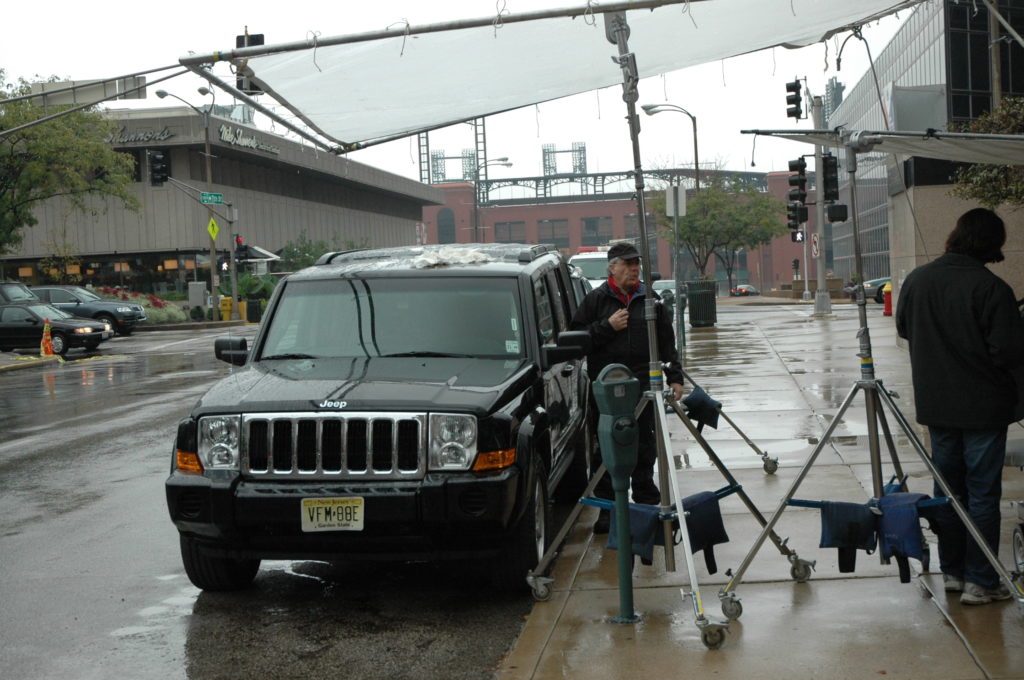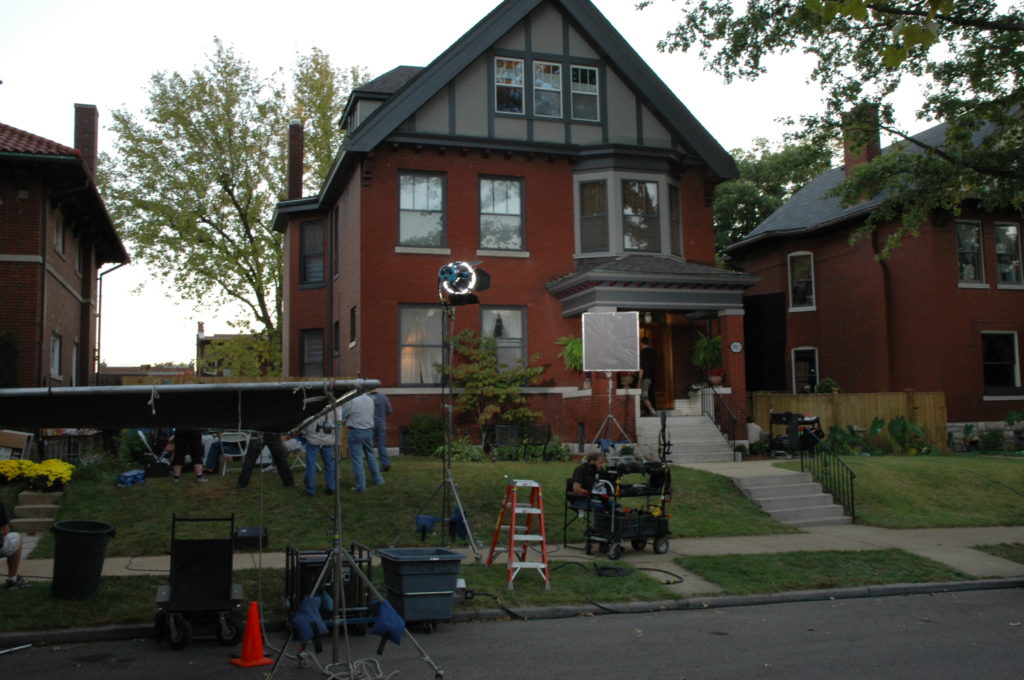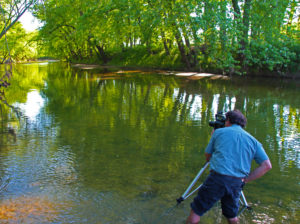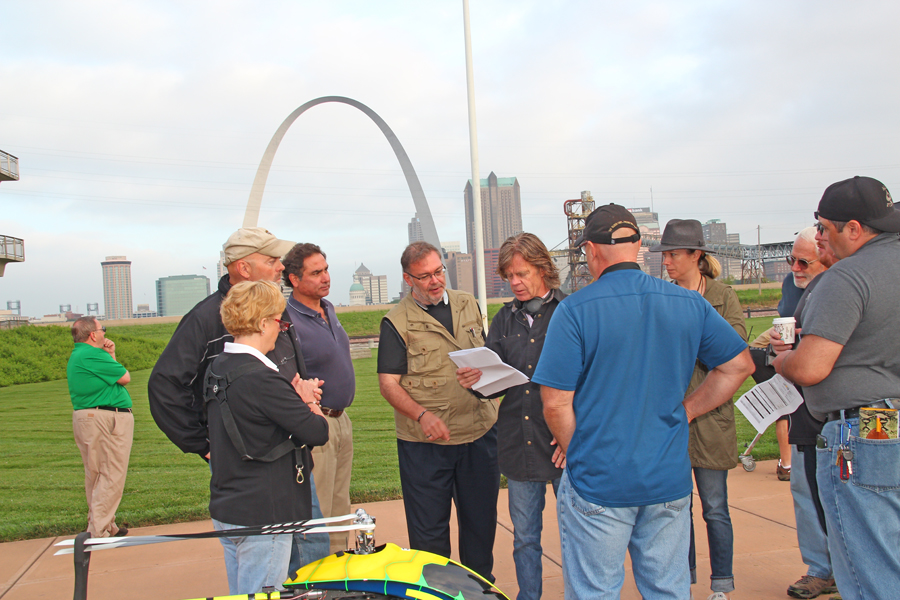When decision makers talk about photography and video production, they usually focus on cameras, talent, and messaging. But one factor quietly dictates whether your visuals look “fine” or truly unforgettable: location.
The right location does more than provide a backdrop. It reinforces your brand, supports your story, and makes your production day smoother, safer, and far more efficient. That’s where a professional location scout becomes an essential part of your marketing and production strategy—not a nice-to-have.
As a videographer, photographer and producer at St Louis Locations, I’ve seen strong concepts fall flat because they were forced into the wrong environment, and I’ve seen modest budgets look premium because the location did half the storytelling work for us. Let’s break down why location scouting matters and how to use it strategically for your next project.

Why Location Scouting Is a Strategic Business Decision
From a marketing and communications standpoint, location scouting is risk management and brand management rolled into one:
It protects your investment by preventing costly surprises on shoot day.
It aligns visual style with your brand, messaging, and audience expectations.
It creates production efficiencies that directly impact time, budget, and team morale.
In other words, the location scout is not “someone who drives around looking for pretty places.” A good scout approaches each project like a production manager, brand strategist, and problem-solver.
What a Professional Location Scout Actually Does
A structured location scouting process typically includes:
1. Translating Your Brief into Location Requirements
We start by breaking your brief into practical environmental needs:
Are we conveying innovation, heritage, hospitality, high-tech, or industrial strength?
Do we need a controlled studio look or a vibrant, real-world environment?
Will we be capturing stills, video, drone, or all three?
How many people, vehicles, or pieces of equipment need to move through the space?
From there, we outline specific location criteria: size, look, acoustics, accessibility, power, safety, and any special requirements like drone flights, heavy equipment, or after-hours access.
2. Building a Curated Shortlist
Instead of sending you random addresses, a professional scout builds a curated shortlist of locations that:
Fit the storyboard and shot list
Match your brand’s visual language
Work logistically for crew, talent, and gear
Fit within your budget and timeline
Each option is documented with reference photos, notes on pros and cons, sun path considerations, sound issues, and any limitations we need to manage.

3. Technical and Logistical Assessment
On a scout day, we’re looking at more than aesthetics:
Lighting: Direction and quality of natural light, controllability, available shade, ability to rig artificial lights.
Sound: HVAC noise, traffic, nearby construction, echo in large rooms, flight paths, neighboring businesses.
Power & Infrastructure: Circuits and outlets, load capacity, access to distribution, internet, and backup options.
Access & Staging: Parking for crew, safe load-in routes, space for hair/makeup, wardrobe, equipment staging, and client holding.
Safety: Trip hazards, overhead obstructions, environmental factors, and any special safety requirements for drones or elevated work.
These practical details can make the difference between a calm, predictable production day and a stressful scramble.
4. Permits, Permissions, and Compliance
A seasoned location scout knows who to call and what’s required:
Property permissions and location agreements
City permits and regulations
Insurance requirements and certificates
Drone flight restrictions and indoor/outdoor safety rules
For corporate, industrial, healthcare, and institutional environments, this experience is critical. You don’t want to discover on shoot day that a space is off-limits, or drones aren’t allowed, or security has an entirely different protocol.
How Location Choices Shape Photography vs. Video
Photography and video share similar location needs, but there are important differences.
For Photography
Background structure: Clean lines, minimal distractions, and strong depth can elevate headshots, executive portraits, and lifestyle imagery.
Speed and flexibility: For high-volume sessions (e.g., company-wide headshots), we need a logical flow—check-in, shooting area, waiting area, and makeup touch-ups.
Texture and visual interest: Architectural details, industrial textures, or contemporary interiors can reinforce your brand identity.
For Video Production
Sound is king: A visually perfect space can be unusable if the noise floor is high or unpredictable. HVAC systems, echo, and traffic hum are all landmines.
Camera movement: Hallways, stairs, exterior approaches, and open interiors all influence whether we can execute smooth tracking shots, gimbal work, or multi-camera setups.
Continuity: For interviews and b-roll, we need a location that supports consistent looks over time, not just a single angle that works for one shot.
For Drone and Aerial Work
Line-of-sight and safety: Clear paths, ceiling heights (for indoor drone flights), and environmental constraints are evaluated well before flight time.
Regulatory and site-specific approvals: Even when drones fly indoors, we must coordinate with property owners, safety officers, and facility teams.
Visual impact: Rooftops, exterior facades, corporate campuses, and construction or industrial sites benefit tremendously from the right vantage points and flight paths.
The Advantage of a Location Scout with Production Experience
Not all location scouts are producers, and not all producers are location scouts. When your scout is also an experienced videographer and photographer, you get a powerful advantage:
They see the space the way the camera will see it.
They anticipate how lighting, crew, and talent will behave in the environment.
They can quickly judge if a location will support your shot list within your schedule.
This means fewer compromises on shoot day, fewer “we’ll have to fix that in post” situations, and a smoother experience for your executives, staff, and customers appearing on camera.
Planning for Content Repurposing at the Location Level
Smart marketing teams don’t just plan one video or one set of photos—they plan a content library. Location scouting should support that strategy.
Here’s how a well-chosen location multiplies your assets:
Multiple looks in one place: A single building might offer a modern lobby, executive office, industrial floor, rooftop, and training room—all visually distinct enough to use across campaigns.
Evergreen usage: Neutral yet on-brand environments let you repurpose footage and images across web, social, recruiting, investor presentations, trade-show loops, and internal communications.
Modular storytelling: When locations are chosen with flexibility in mind, you can build short clips, vertical formats, and graphics overlays without returning to shoot more material immediately.
A strong location plan is a quiet but powerful force behind your ability to repurpose photography and video branding long after the initial shoot.
What Decision Makers Should Expect from a Location Scout Partner
If you’re leading marketing, communications, or creative for your organization, you should expect your location scout and production partner to:
Ask Brand-Level Questions
Not just “what day and time?” but “who is this for?” and “how should your organization feel on screen?”
Provide Options with Clear Trade-Offs
Each location on your shortlist should come with a realistic view of its strengths, limitations, and cost implications.
Think in Terms of Efficiency
Can we schedule headshots, b-roll, and interviews in one place? Can we pre-light and move talent through in a predictable rhythm? Can we integrate drone work without disrupting operations?
Protect Your People and Property
Safety, permits, insurance, and respect for your workspace and workflows should be baked into the process—not handled as afterthoughts.
Support Technical Excellence
The scout should collaborate with camera, lighting, sound, and drone operators to ensure the location actually supports the creative approach you’ve approved.
Why St Louis Locations Is Uniquely Positioned to Handle Your Next Shoot
For over four decades, St Louis Locations has combined location scouting with full-scale photography and video production for businesses, marketing firms, and creative agencies throughout the St. Louis area. Because we handle both the creative and the logistics, we’re able to align the right locations with the right message—then execute with precision.
St Louis Locations is a full-service professional commercial photography and video production company with the right equipment and creative crew experience for successful image acquisition. We offer full-service studio and location video and photography, along with editing, post-production and licensed drone pilots. St Louis Locations can customize your productions for diverse types of media requirements, and repurposing your photography and video branding to gain more traction is one of our core specialties.
Our team is well-versed in all file types, media styles, and accompanying software, and we use the latest in Artificial Intelligence across all our media services, from planning and enhancement to efficient post-production. Our private studio lighting and visual setup is ideal for small productions and interview scenes, yet our studio is large enough to incorporate props and set pieces to fully build out your environment.
We support every aspect of your production—from designing a private, custom interview studio to supplying professional sound and camera operators, as well as providing the right equipment—ensuring your next video or photography production is seamless and successful. And when your project calls for it, we can even fly our specialized drones indoors, adding dynamic motion and unique perspectives in a controlled environment.
As a full-service video and photography production corporation since 1982, St Louis Locations has worked with many businesses, marketing firms, and creative agencies in the St. Louis area for their marketing photography and video needs. If you’re planning a project and want locations that truly work for your brand, your schedule, and your budget, partnering with an experienced location-focused production team like St Louis Locations is one of the smartest decisions you can make.
Mike Haller
4501 Mattis Road
St. Louis, MO 63128
stlouislocations@gmail.com
Studio 314-892-1233
Cell 314-913-5626

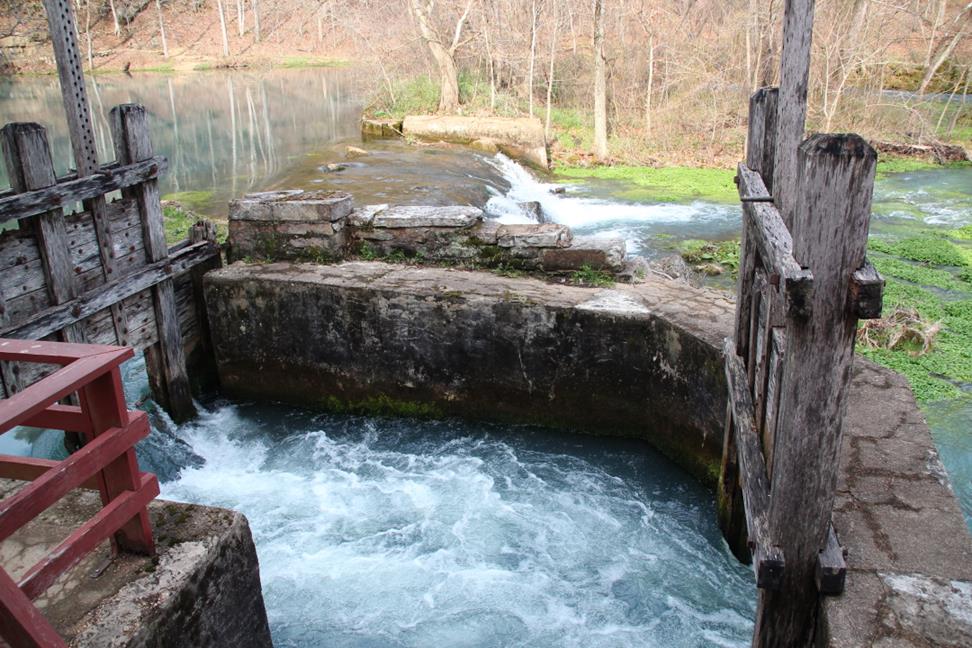 It’s the key to creating visually compelling stories and can also save a lot of time and money when done correctly. Whether you’re a seasoned video producer or just getting started, there are some key tips, techniques, and tools that you can use to make your next shoot a success. From understanding the basics of location scouting and legal considerations to utilizing the latest technologies to save time and money, mastering the art of location scouting can help you create the perfect video production.
It’s the key to creating visually compelling stories and can also save a lot of time and money when done correctly. Whether you’re a seasoned video producer or just getting started, there are some key tips, techniques, and tools that you can use to make your next shoot a success. From understanding the basics of location scouting and legal considerations to utilizing the latest technologies to save time and money, mastering the art of location scouting can help you create the perfect video production.